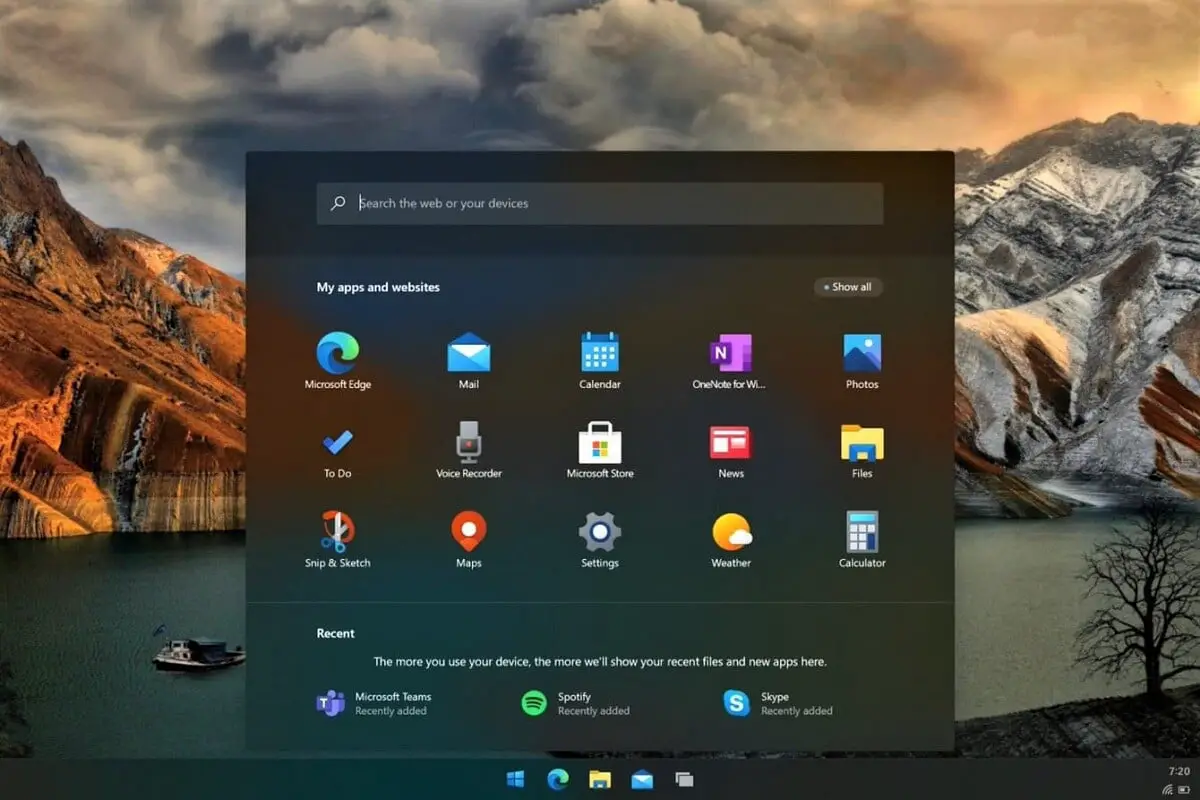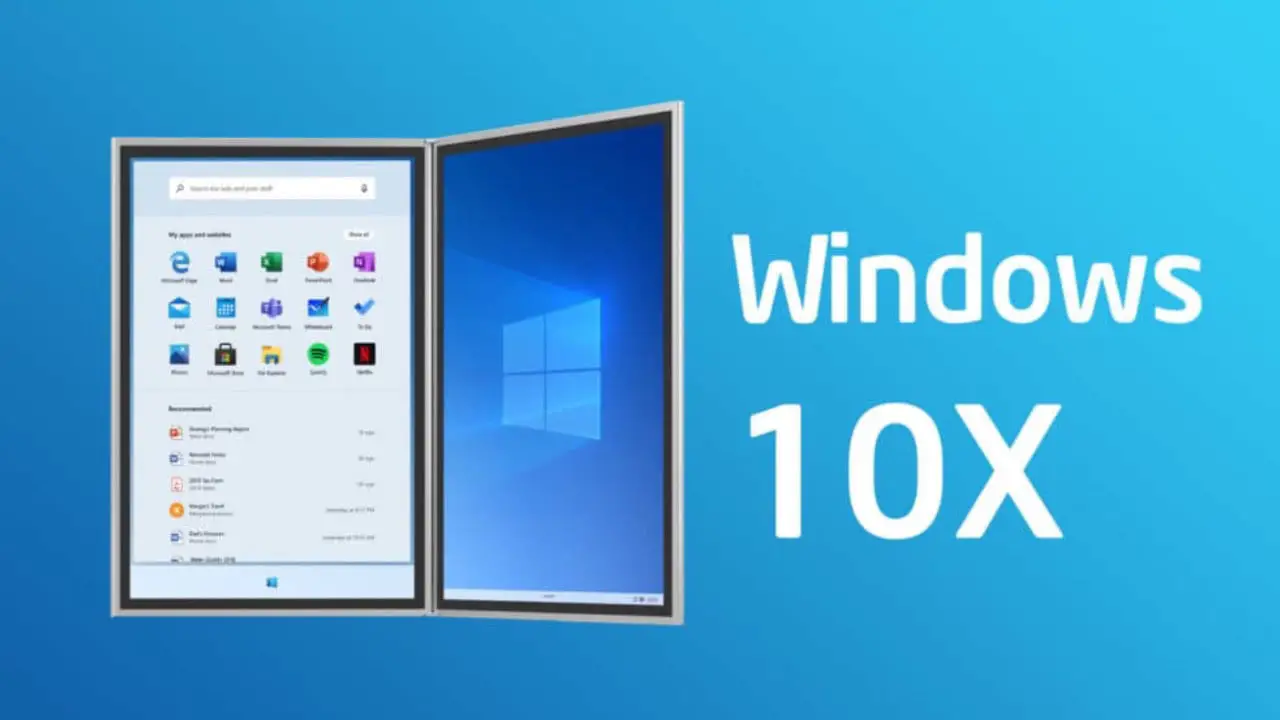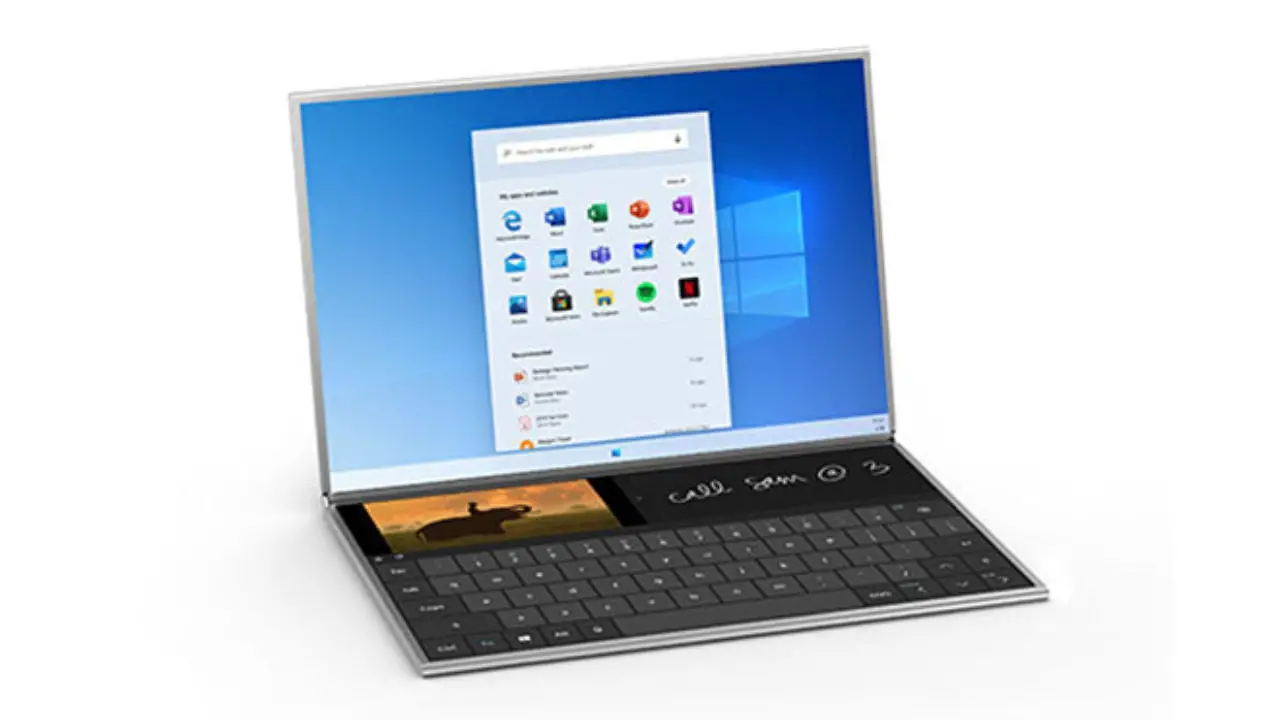Today we’ve witnessed an example of how the technology sector can change in just one year because Microsoft is most likely abandoning the Windows 10X project. The company presented an ambitious plan to compete with Google’s Chrome OS. Microsoft wanted to make Windows viable for tablets and dual-screen smartphones. But it seems like things didn’t go as planned.
Microsoft will discontinue Windows 10X
The company had to react to the rise of a market for which it had only planned small updates to Windows 10. Gradually, the projects announced in 2019 have been losing priority. The Surface Duo smartphone is the only product that has been able to reach the market. The Surface Neo two-screen tablet has not had the same luck, and at this point, it is unlikely to be launched.

All that remains is Windows 10X, which Microsoft first tried to save by changing its target. A year ago, it changed from being an exclusive system for two-screen devices to a new version of Windows 10 also available for conventional computers. The idea was to compete with Chromebooks.
Now, Windows 10X may have met its premature end. Experts claim that Microsoft has abandoned, possibly for good, the new system.
The company will focus on Windows 10
The reasons are obvious. In a market demanding more Windows 10 laptops and PCs, the priority for Microsoft is to improve the core system, not introduce yet another one.

The good news is that the improvements and new features of Windows 10X will come to the main version of Windows 10, in the form of updates. Microsoft already warned earlier this year that a major update is expected for the second half of the year will bring aesthetic changes to the interface, including new icons. Many of these changes are inspired by the style introduced with Windows 10X.
Also, this doesn’t mean that Windows 10X is going away forever; it won’t be out in 2021, but if the situation changes, Microsoft could bring it back. But right now, that’s unlikely and the company has to devote resources to improving Windows 10 on ARM systems to stand up to Apple and its M1 processor.





